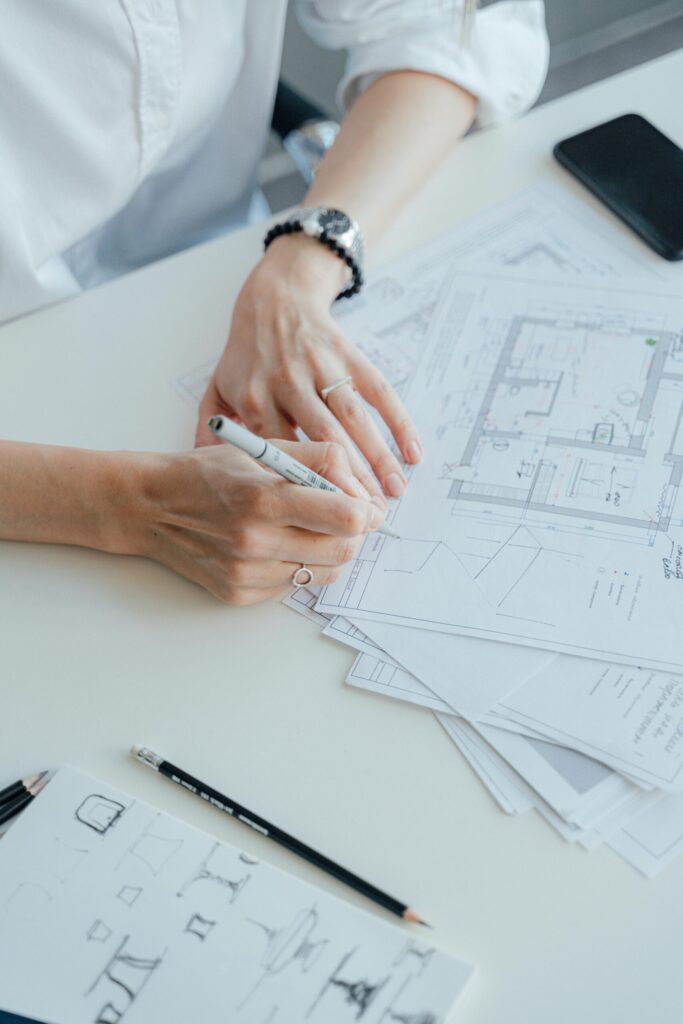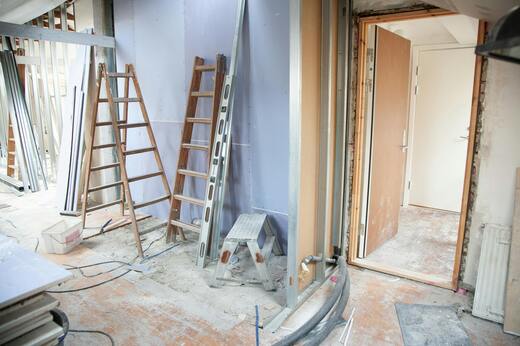Building or renovating your home is an exciting venture. For homeowners in Maryland and Washington DC, integrating sustainable building solutions is not just about reducing your carbon footprint; it’s about creating energy-efficient, cost-effective, and healthier living spaces.
With rising awareness around climate change and increasing energy costs, adopting sustainable building practices is a smart investment. Here’s an in-depth look at sustainable building options tailored to the unique needs and climate of Maryland and Washington DC.

Why Choose Sustainable Building Solutions?
Sustainable building isn’t just a trend; it’s a commitment to responsible living. Here are some benefits of building sustainably in this region:
- Energy Efficiency: Reduce your energy consumption and utility bills with advanced insulation, efficient HVAC systems, and energy-smart appliances.
- Improved Air Quality: Green materials and proper ventilation systems create healthier indoor environments for families.
- Durability: Sustainable materials often last longer, reducing maintenance and replacement costs.
- Increase Property Value: Homes with green certifications or energy-efficient features are highly desirable in today’s real estate market and can fetch premium prices.
Key Sustainable Building Solutions for Homes in Maryland and DC
1. Passive Design Techniques
Leverage Maryland and DC’s temperate climate by incorporating passive design strategies to reduce heating and cooling loads.
- Optimize window placement for natural light and ventilation.
- Use materials with a high thermal mass to retain and regulate heat naturally.
2. Energy-Efficient Windows and Insulation
Quality insulation and energy-efficient windows are critical for maximizing energy savings year-round in Maryland DC’s fluctuating seasons.
- Double-glazed or low-E windows prevent heat loss in winter and reduce cooling needs in summer.
- Insulation made from sustainable materials like recycled denim or cellulose adds an eco-friendly touch.
3. Solar Panels and Renewable Energy
With an average of 200 sunny days per year, the Maryland and DC region is ideal for generating solar energy.
- Install rooftop solar panels to offset your electricity consumption.
- Look into state incentives and tax credits offered through Maryland’s Renewable Energy Portfolio Standard (RPS) and DC’s Solar for All program.
4. Rainwater Harvesting and Stormwater Management
Heavy rainfall in the area makes it essential to manage water efficiently.
- Install rainwater harvesting systems for watering gardens or flushing toilets.
- Use permeable paving or rain gardens to handle stormwater runoff responsibly and prevent soil erosion.
5. Eco-Friendly Building Materials
Replace traditional building materials with sustainable alternatives that are locally sourced or recycled.
- Opt for reclaimed wood, bamboo, or cork for flooring.
- Use concrete alternatives like fly ash or slag to reduce carbon emissions during construction.
6. Green Roofs and Living Walls
Green roofs and living walls provide insulation, reduce stormwater runoff, and offer aesthetic appeal.
- They act as a natural insulator, lowering heating and cooling costs year-round.
- DC’s Green Area Ratio (GAR) even incentivizes the use of green roofs in certain circumstances.

Local Resources and Incentives to Support Sustainable Building
One of the benefits of building sustainably in Maryland and Washington DC is the availability of resources and incentives.
- Maryland Energy Administration (MEA) offers grants and loans for green building upgrades, including energy-efficient HVAC systems and solar power installations.
- DC Green Building Act encourages and mandates energy-efficient construction practices while offering tax breaks for green building certifications like LEED or Passive House.
- Incentives such as the Property Assessed Clean Energy (PACE) programs help homeowners finance green upgrades over time.
How to Get Started
Building sustainably in Maryland and Washington DC requires the right expertise and planning. Here are a few tips to get started:
- Hire Local Experts: Work with contractors and architects who specialize in sustainable building practices and are knowledgeable about local regulations and resources.
- Get a Home Energy Audit: Start with a professional energy audit to identify inefficiencies in your current home.
- Prioritize Your Upgrades: If you’re on a budget, focus on the upgrades that offer the highest return on investment, like insulation and efficient HVAC systems.
Sustainable Living is the Future
Whether you’re building a new home or remodeling your current one, sustainable solutions help create comfortable, energy-efficient spaces while protecting the planet.
At Winthorpe design and build, we specialize in helping Maryland and DC homeowners design and build sustainable properties tailored to their unique needs. Working with us means access to expert advice, a wide range of eco-friendly materials, and modern design approaches that enhance your home’s value and functionality.
Contact us today to learn how we can bring your sustainable vision to life. Together, we can build a better future!





